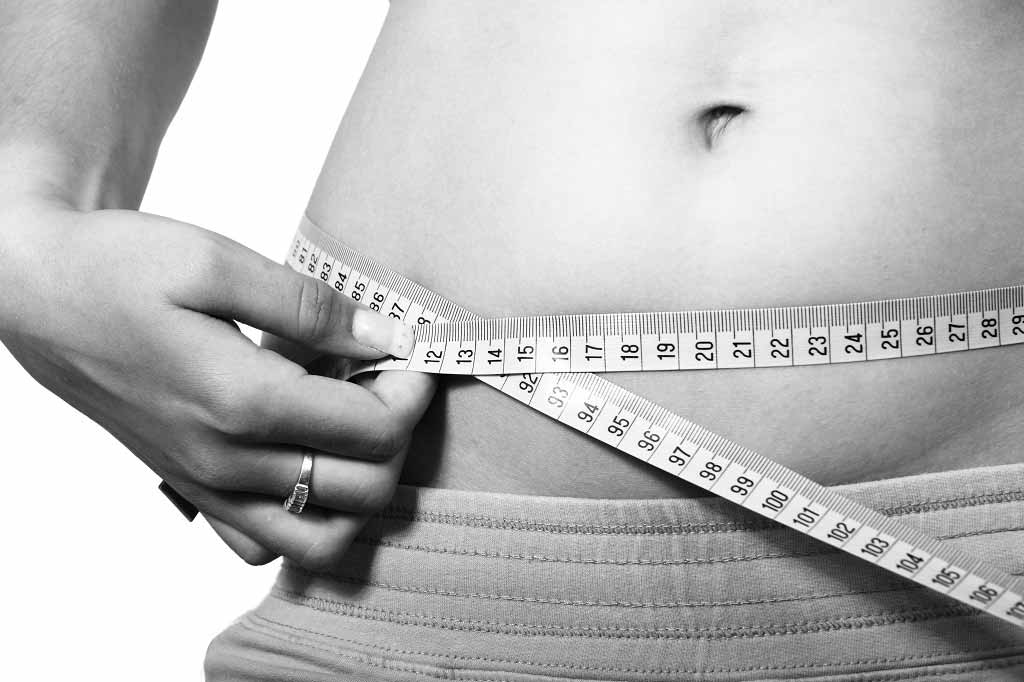Report finds IVF provision varies on the NHS
Obesity
BBC News reported that “more than 70% of NHS trusts and care providers are ignoring official guidance on offering infertile couples three chances at IVF.” Several newspapers also covered this finding...
BBC News reported that “more than 70% of NHS trusts and care providers are ignoring official guidance on offering infertile couples three chances at IVF.” Several newspapers also covered this finding, which comes from a report by an all-party group of MPs who looked at the availability of IVF (in vitro fertilisation) on the NHS.
The group sent freedom of information requests to 177 primary care trusts (PCTs) across the UK. Of the 152 that responded, 73% said they offered fewer than the three cycles recommended by the National Institute for Health and Clinical Excellence (NICE). Five PCTs did not offer any IVF treatment at all. The report also said that some PCTs placed age restrictions on who was eligible for IVF. The report’s authors point out that individual PCTs may have amended their level of IVF provision in the intervening months since their survey in March 2011.
NICE recommends that couples with fertility problems should be offered up to three cycles of IVF on the NHS. To be eligible, the woman must be aged 23–39 at the time of IVF and the couple must have an identified cause for their fertility problems or have been infertile for three years. These guidelines are currently under review.
Health Minister Anne Milton said in a foreword to the report that “a small number of PCTs with historical funding problems have temporarily suspended provision of IVF services. I have already expressed my concerns about this approach and would encourage all PCTs to have regard to the current NICE guidance.” Milton also said the report “goes some way towards highlighting some of the difficulties that infertile couples can face in accessing treatment”.
Who produced the report?
The report was produced by the All Party Parliamentary Group on Infertility. This is a group of 22 MPs from across all political parties. The group's purpose was to “raise awareness in Parliament of infertility and the associated ill health that it causes and to draw attention to the need to implement fully the National Institute for Health and Clinical Excellence’s clinical guidelines on the assessment and treatment for people with infertility problems”.
The report aimed to provide a snapshot of how IVF is provided across the UK and to assess the extent to which NICE guidelines were being implemented in PCTs. The report was called “Holding back the British IVF revolution?”
What does NICE recommend for IVF treatment?
NICE was set up to provide evidence-based guidance for doctors on the most effective treatments and best care for patients.
In 2004, NICE published the guidance “Fertility assessment and treatment for people with fertility problems”. The guidelines make recommendations about the criteria that people should meet in order to receive IVF on the NHS, and also makes recommendations for people who are concerned about delays in conception and tests for infertility.
The guidelines recommend that:
- Up to three stimulated cycles of IVF treatment should be offered to couples where the woman is 23-39 years old at the time of treatment and who have an identified cause for their fertility problems or who have been infertile for at least three years.
- Alcohol, smoking, drinking caffeinated beverages and body weight can affect the chances of natural conception and reproduction procedures including IVF. Women should be informed that body mass index (BMI) should ideally be in the range of 19-30 before commencing IVF to increase the chances of a successful treatment. This advice does not affect a woman’s eligibility for IVF or place any restrictions on whether she receives the treatment.
The NICE website says that this guidance is currently being reviewed (February 2011).
What did the report find?
The report said that fertility problems affect one in seven couples in the UK. This is approximately 3.5 million people. Although the proportion of couples with fertility problems has remained the same, there has been an increase in the number of people seeking IVF. Success rates have also improved, with the live birth rate for IVF treatments rising from 14% in 1991 to 24% in 2008.
In England in 2008, IVF was given to 39,879 people, 50,687 cycles were carried out and, as a result, 15,082 babies were born. The report says that there is increasing pressure on the NHS to provide IVF.
PCTs that offer IVF
The group made freedom of information requests to 177 PCTs across the UK. Of these, 152 (86%) responded to the request and 25 (14%) did not. For the PCTs that did not respond the group looked for any information on fertility policy on the PCTs' websites.
In total, information was obtained from 171 PCTs. Of these, 166 currently offered IVF to patients and five PCTs responded that they did not offer any cycles of IVF.
Number of cycles offered
Of the PCTs offering IVF to patients:
- 39% offered one cycle of treatment
- 27% offered two cycles
- 27% offered three cycles
It was not reported how many cycles the remaining 7% of PCTs offered.
According to the report, this means that 73% of PCTs offer fewer than the three cycles recommended by NICE.
Age of those receiving treatment
The report said that, although most PCTs offer IVF to women aged 23–39 in accordance with NICE guidelines, some PCTs set age restrictions for IVF. For example, some PCTs did not offer IVF to women over 35, while others only offered it to women over 38.5 years old. The chance of having a successful IVF treatment decreases with age. The report points out that NICE says: “For every 100 women who are 23 to 35 years old, more than 20 will get pregnant after one cycle of IVF treatment, for every 100 women who are 36 to 38, around 15 will get pregnant, for every 100 women aged 39, around 10 will get pregnant”.
Seven health boards in Wales specified a minimum female age of 38.5 and one PCT, Bury, had a minimum age of 39.
Additionally, waiting times for IVF can vary between PCTs. This can delay couples receiving IVF, lowering the chance of a successful outcome.
Children from current or previous relationships
The report also said that some PCTs were not following NICE guidelines with respect to whether prospective ivf recipients already had children from a current or previous relationship. It said:
“NICE guidelines recommend that if a woman already has a child, she should not be eligible for IVF. However, the guidelines do not stipulate that neither partner should have a child from a previous relationship.”
The report said that despite this, many PCTs specify that neither parent can have a living child, but did not give the proportion of PCTs that have this restriction.
It is not clear where the authors of the report obtained the line “if a woman already has a child, she should not be eligible for IVF”. The NICE fertility guidance does not make any recommendations regarding social background. It says in the scope, “the guideline does not address…social criteria for treatment (for example, whether it is single women or same-sex couples who are seeking treatment, or whether either partner in a couple already has children).
Regardless, any restrictions that are based on the fact that IVF recipients have already had children are not in agreement with current NICE guidance.
Other restrictions
Some PCTs restricted IVF to couples who smoked, even if the man had no fertility issues. NICE guidance does not restrict IVF for smokers, but says that people who smoke should be advised that this will limit the chances of a successful IVF treatment. The report said that the same was true for BMI, for which several PCTs specified both male and female limits.
What happens now?
The conclusion to the report said:
“There will always be limits on the amount of infertility treatment that can be given on the NHS. The NICE guidelines achieve a fair balance between the needs of infertile couples and the limits that have been placed on funding. It is therefore vital that PCTs adhere to them.”
The report collected information through freedom of information requests to primary care trusts in March 2011. The report’s authors highlighted that individual PCTs may have changed the amount of IVF they provide since the survey was carried out. They made no recommendations other than urging PCTs to follow the NICE guidelines.
Couples who fulfil the NICE criteria are eligible for up to three IVF treatments on the NHS. However, this allows PCTs to vary the treatments they provide depending on the priorities of their local populations. The report is useful in highlighting the additional criteria enforced by some PCTs that are not covered by NICE’s evidence-based recommendations.
Amended June 8 2011






 Subscribe
Subscribe Ask the doctor
Ask the doctor Rate this article
Rate this article Find products
Find products





